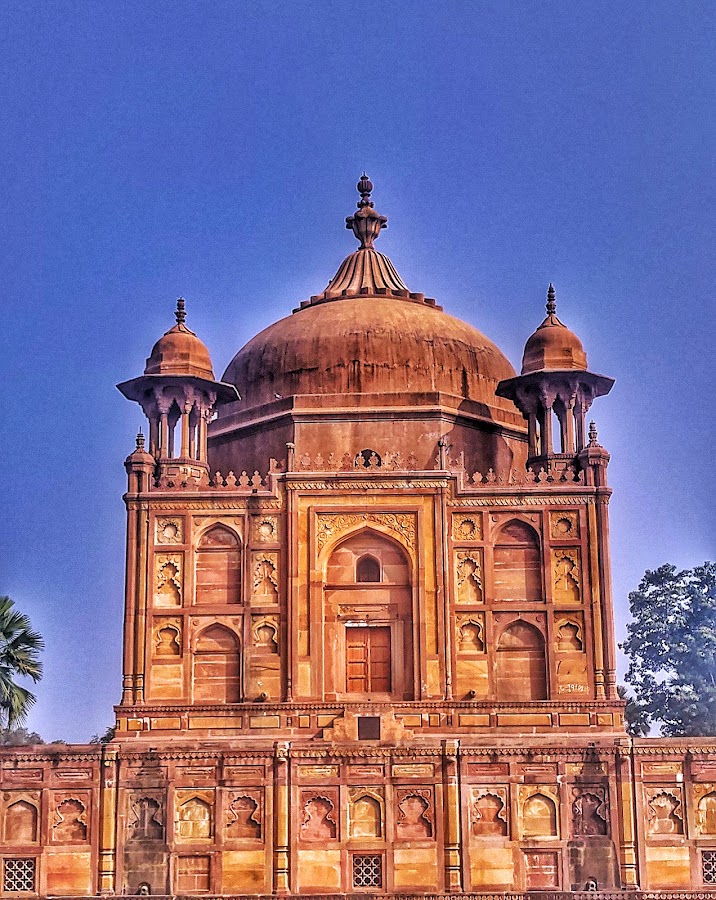
Khusro Bagh
Prayagraj, India
- Capture photos of the historic site.
- Enjoy peaceful time in nature.
- Explore Mughal-era tombs and architecture.
- Learn about Mughal history and culture.
- Walk through the lush green gardens.
Known for:
Description:
Khusro Bagh is a large walled garden complex housing the tombs of Khusrau Mirza (son of Emperor Jahangir), his mother Shah Begum, and his sister Sultan Nisar Begum. It's a serene and historically significant site offering a glimpse into Mughal architecture and history. The garden provides a peaceful escape from the city's bustle, with its well-maintained lawns, ancient trees, and intricately carved tombs. Visitors can admire the exquisite Mughal art, including delicate frescoes and inscriptions, while enjoying a leisurely stroll through the grounds. The site is a photographer's delight, offering stunning backdrops and architectural details to capture.
History:
Khusro Bagh's construction began in the early 17th century during the reign of Mughal Emperor Jahangir. It was primarily built as a mausoleum for Prince Khusrau Mirza, Jahangir's eldest son, who rebelled against him and was later executed. Shah Begum, Khusrau's mother and Jahangir's first wife, also committed suicide within the complex after her son's death. Her tomb is another prominent structure within the garden. Later, Khusrau's sister, Sultan Nisar Begum, was also buried here. The garden served as a significant landmark during the Indian Rebellion of 1857, briefly becoming a headquarters for the sepoys. Today, it stands as a testament to Mughal artistry and a poignant reminder of the family drama that unfolded within its walls.